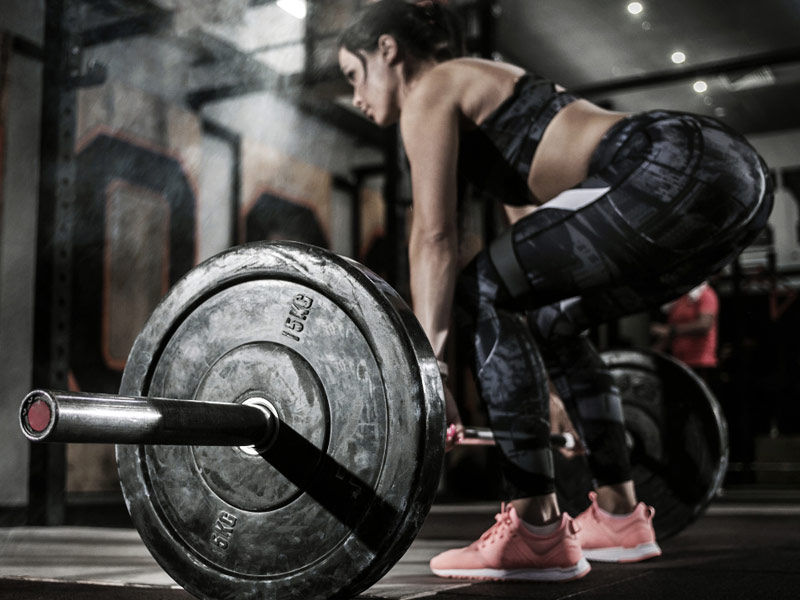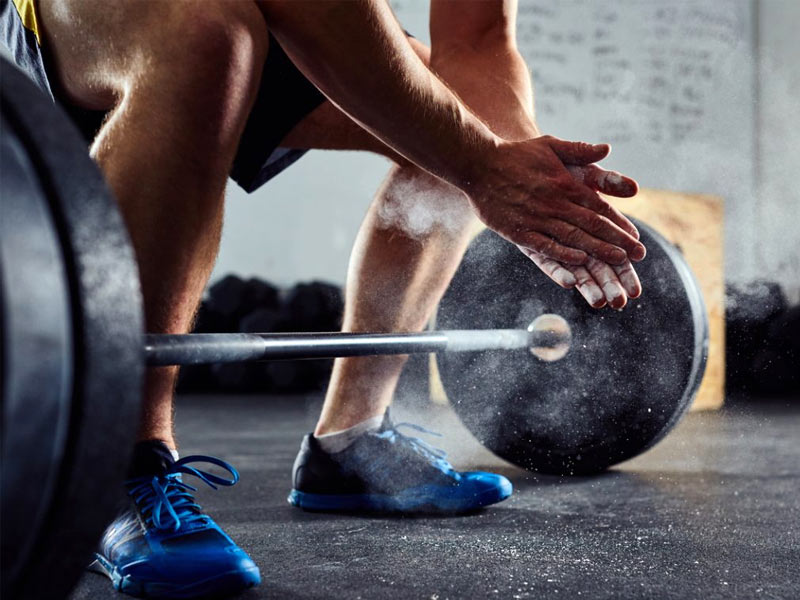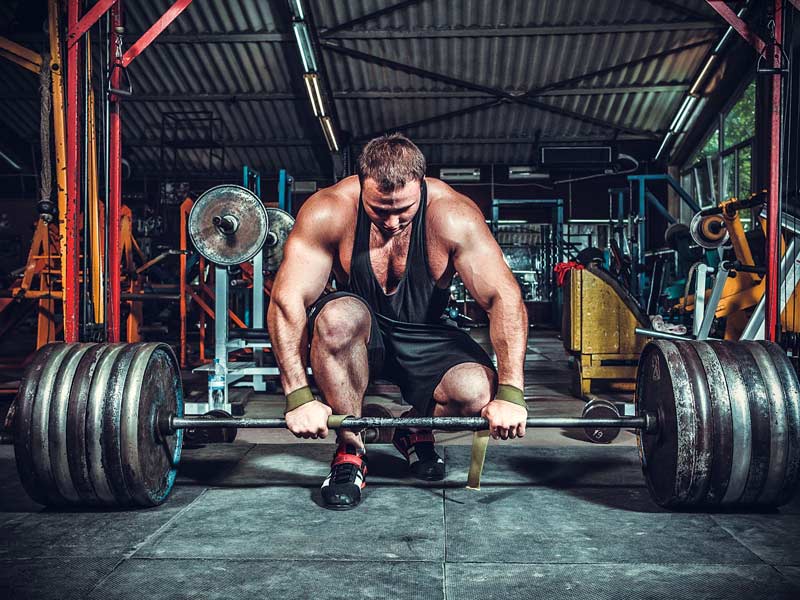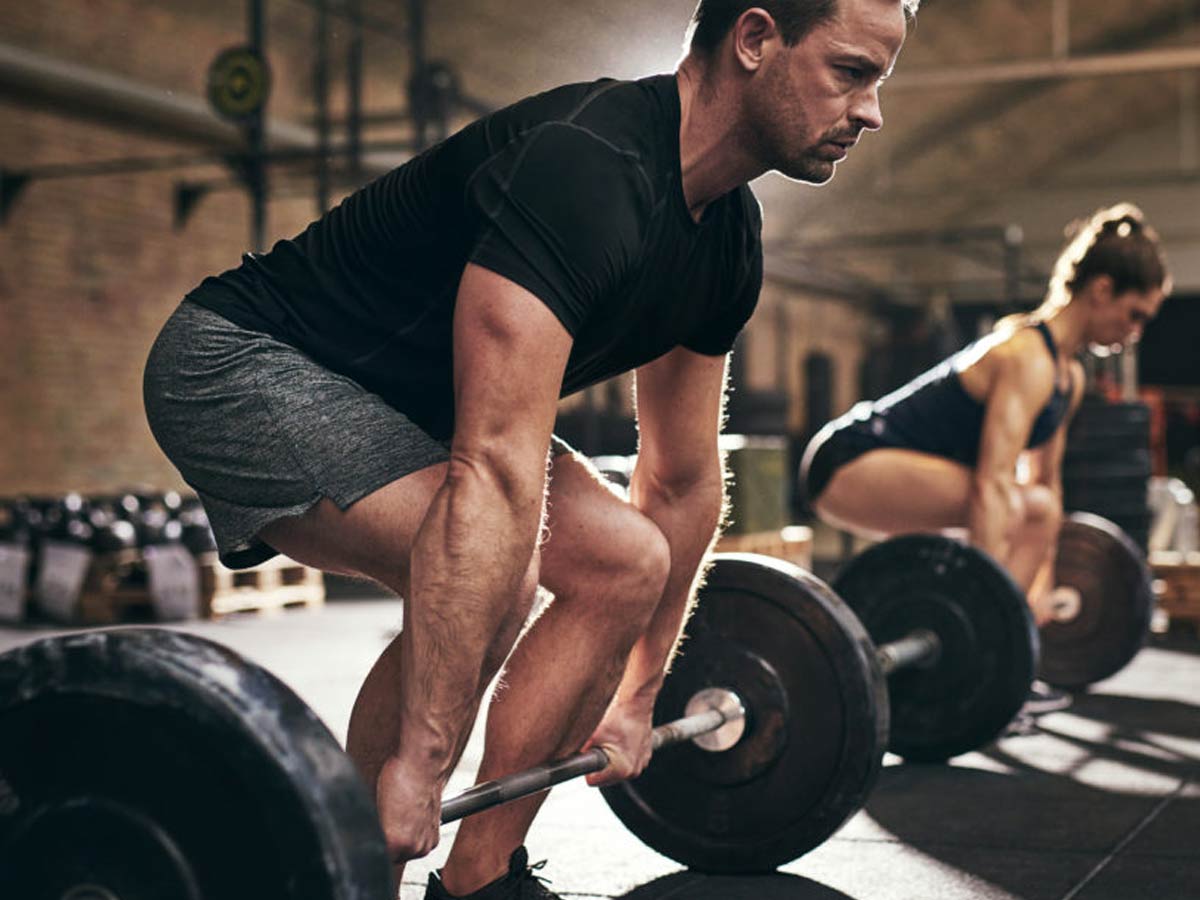Powerlifting’s core exercises are the bench press, squats, and deadlift. These are compound workouts that work a variety of muscle groups throughout your body. And, to do all three well, you’ll need to focus on workouts that build strength, just as a bodybuilder would focus on activities that build size.
The three primary compound lifts are the focus of powerlifting training routines. These lifts recruit the most muscles and place the most strain on your neurological system, producing the most hormones.
These compound lifts are used in most training regimens, but a powerlifting training plan is built around them. This is because they are intended to assist you to increase your one-rep maximum and lift the heaviest you’ve ever lifted to dominate a competition or simply be the strongest you’ve ever been.
What Exactly Is Powerlifting?

Powerlifting is so much more than just lifting weights in the gym. Weight lifting is performing a greater number of repetitions and sets of the same exercise repeatedly. It usually does not include a big amount of weight. On the other hand, powerlifting is a sport in which you aim to lift as much as humanly possible in a single rep. The three primary and basic exercises in powerlifting are the squat, the deadlift, and the bench press.
How to Do powerlifting?
If you want to start powerlifting, you’ll need to think about everything from planning your program to preparing for your first competition. It can feel a little daunting at first, but in this book, I’ll go over everything you need to know to be successful in the sport of powerlifting.
Starting powerlifting demands you to understand the principles of technique so that you can maximize your max strength while minimizing the risk of injury. You should also follow a powerlifting-specific training plan that includes the squat, bench press, and deadlift many times each week.
7 Benefits of Powerlifting exercises
1. Increased Strength
Powerlifting strengthens almost every muscle in your body. It is very beneficial for strengthening the muscles in your legs, back, and upper body. The squat works the muscles in your legs and hips more than any other exercise. The deadlift strengthens your back and legs and is arguably as effective as the squat in creating complete body strength. Finally, the bench press strengthens the majority of your upper body muscles. Anything that isn’t directly strengthened by these three lifts can be worked on with a few easy assistance exercises.

2. Weight Loss
When done correctly, powerlifting is an extremely rigorous kind of workout that burns a lot of calories. One of the advantages of weight exercise, particularly powerlifting, is the calories burned during exercising and the long-term influence on your metabolism. One study found that participants who did resistance exercise raised their calorie demands by 15% over 24 hours. Powerlifting, a high-intensity form of resistance training, has long been demonstrated to be useful for fat loss.
3. Skeletal Wellness
The most effective technique to preserve bone density and health is through resistance exercise. Osteoporosis is a disorder that affects 20% of females at some time in their lives. Resistance training, fortunately, can delay the onset of osteoporosis. Resistance exercise especially boosts bone mineral density, according to an assessment of 10 years of data. It was also demonstrated that high-intensity resistance training, such as powerlifting, reduces a variety of risk factors for osteoporosis by boosting strength and bone mass.
Also Read, Body Weight training exercises at home for weight loss
4. Athletic Capacity
Powerlifting builds strength and power, which transfer to various other exercises such as speed and vertical jump. According to research, there is a direct relationship between squat strength and sprint pace. There was also a link between squat strength and vertical leap. So, if you want to run faster or jump higher, working on your squat strength is the best way to go. Second, the strength of your back and posterior chain helps in various other exercises, such as martial arts, grappling, and fighting. There are few, if any, occupations in which being strong does not aid in some manner.
5. Better Posture and a Stronger Core
Today, we will discuss the next benefit: powerlifting improves posture by increasing core strength and lower back muscles. A stronger core and lower back result in improved posture due to an increased ability to hold yourself upright. Better posture is beneficial because it allows you to stand taller and more confidently. Aside from the confidence boost, maintaining a straight back and good posture during all other physical activities has a significant performance benefit.
6. Increased Self-Belief
Another benefit of powerlifting is that it can assist you to feel more confident, hold yourself in higher respect, and boost your self-esteem. One of the reasons for improving your self-esteem is that you are stronger, and everyone feels better when they are stronger. There’s also the reality that having bigger muscles and a toned iron man-like body will make you perceive yourself in a whole different light. Looking in a mirror is never sexier than when you get to stretch those enormous biceps at yourself, not to mention that looking like a muscle god makes it easier to snag a date.

Conclusion and recommendation
If you haven’t already explored powerlifting, you should give it a shot. If your power level isn’t quite there yet, you may start some fundamental weight lifting and work your way up to powerlifting. This is not an easy or simple sport. It requires a lot of devotion, diet, focus, rest, not to mention sheer power. Still, the advantages of powerlifting are wonderful for your health. You will not be sorry and apologize in your life if you give it a try. Regular powerlifting can provide you with stronger muscles, bigger bones, improved posture, and a more confident view of life.

























